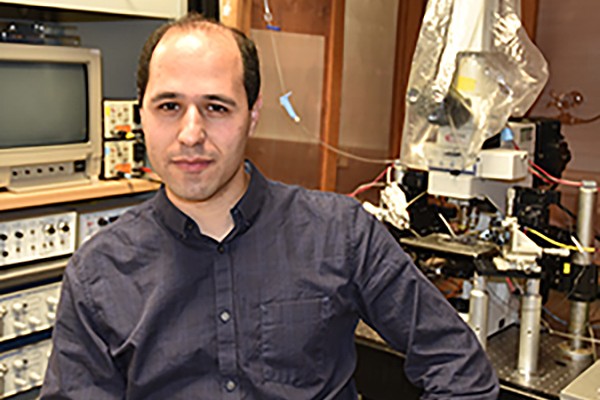New genetic clues found in fragile X syndrome
Scientists, led in part by Washington University’s Vitaly Klyachko, PhD, have gained new insight into fragile X syndrome — the most common cause of inherited intellectual disability — by studying the case of a person without the disorder, but with two of its classic symptoms.
Human skin cells reprogrammed directly into brain cells
School of Medicine scientists have described a way to convert human skin
cells directly into a specific type of brain cell affected by
Huntington’s disease, an ultimately fatal neurodegenerative disorder.
Unlike other techniques that turn one cell type into another, this new
process does not pass through a stem cell phase, avoiding the production
of multiple cell types.
Nervous system ‘ears’ line up across from ‘mouths’
Neurons communicate at a synapseAs the nervous system develops early in life, it must create millions of synapses—small spaces between nerve cells across which the cells can communicate. Scientists have long speculated that these synapses are deliberately organized to place the structures that send messages on one cell directly across from the structures on another nearby nerve cell that receive those messages. School of Medicine researchers have provided the first experimental proof of this theory at the level of the nervous systems’ most fundamental unit: individual clusters of structures that send and receive signals.

